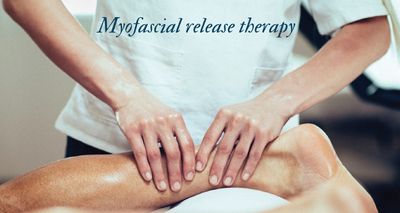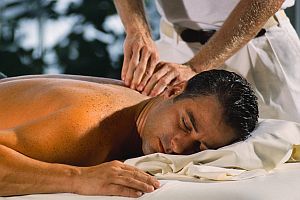Myofascial Release is an alternative medical therapy treatment believed to be effective for alleviating chronic pain and skeletal muscle immobility in a variety of conditions.

While this particular medical treatment has been used for thousands of years it is relatively new to the Western world. While many have tried, few can attest to the success of this particular therapy.
Myofascial Release is a technique which focuses on releasing and repairing the tight muscles in the lower back, hips, buttocks, knees, shoulders, elbows, and even your arms and shoulders. A common application for this technique is muscle toning, which can relieve pain and discomfort from the body and help tone muscles throughout the entire body.
Myofascial Release uses a technique called the “mild traction method” to release and repair the tissue within your lower back, hips, buttocks, knees, shoulders, elbows, and other connective tissue muscles that hold muscles in place. The key to releasing your muscles and loosening up your body is the proper application of this particular technique.
In order for the myofascial technique to work it must be applied gently with the use of a lubricant to prevent irritation to your back, hips, buttocks, or other soft tissues. There are many lubricants out there today, which can be found in most grocery stores, drugstores, or on the internet. When using the lubricant always make sure you follow the manufacturer’s directions when applying it.
Application of this type of massage therapy is often done either sitting down or lying down. This is done while standing up as well. There are no hard and fast rules to applying this particular therapy, but I have found it works best when applied with the use of a lubricant.
Many times the technique can be done from different positions such as standing, sitting, and lying down.

However, the best way to get the most benefit from this particular technique is by applying it while lying down. You can also apply the lubricant when sitting down and lying down, but it helps to be in an upright position for the best results. If you apply the lubricant while laying down, then it is best to lay on your stomach because you will be able to keep your lower back straight.
Apply a light pressure using your fingertips over the area which you wish to release. Make sure that the application doesn’t hurt and don’t pull or rip any tissue. After about ten seconds you should be able to feel and hear your muscles begin to relax and contract. You may also feel some warmth and tingling. If done properly this should not last more than ten minutes.
If applied correctly, Myofascial Release should be able to reduce the amount of time needed to release the muscle. For example if you have a very tight muscle in your buttocks it should release in about an hour.
The release technique that I personally use on my back is known as the roll-over.

It involves rolling your pelvis forward until your shins are bent and then moving them up toward your chest.
To perform the roll-over just sit back and then roll your pelvis to the side. Slowly move your legs back up until you can feel the stretch in your buttocks. Roll the pelvis back to the original position and hold it. Make sure that you do this several times before you allow your back to sag down.
The roll-over is one of the easiest techniques to apply on your back. You will find that it works best when you are lying down with your knees bent and your hands resting on your hips. Try applying the roll-over on your thigh when you are lying down as this will help prevent pain.
You should use this myofascial release method three or four times per week. If it doesn’t work right away, try applying it two or three times before giving up on it. If it doesn’t work after this long, you may want to try a different application technique or lubricant.